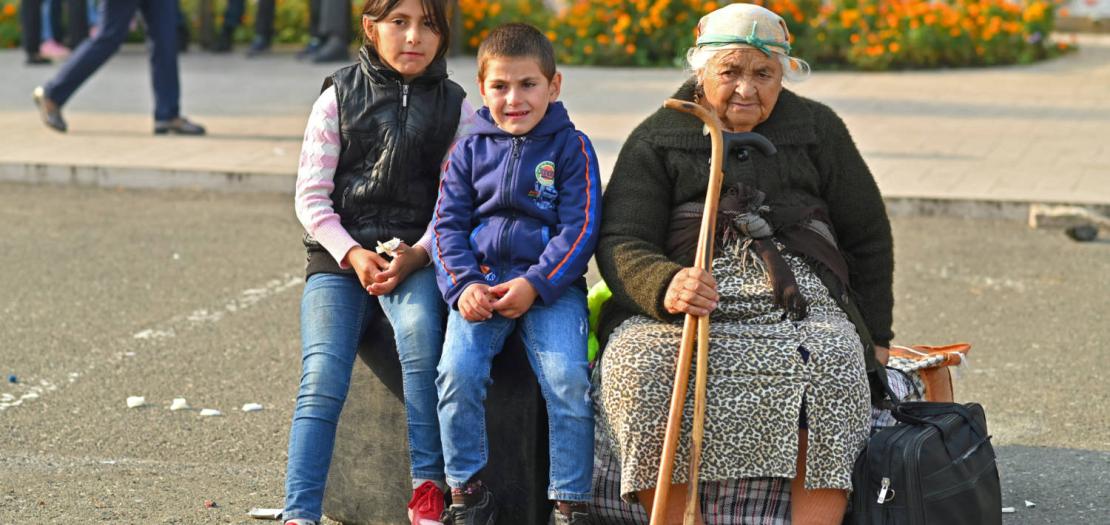Issued by the Catholic Center for Studies and Media - Jordan. Editor-in-chief Fr. Rif'at Bader - موقع أبونا abouna.org

Thousands of Christian Armenians have fled their ancestral homeland in the region of Nagorno-Karabakh and more are expected, the government of Armenia has confirmed.
“The mass exodus has begun,” Siobhan Nash-Marshall, a U.S.-based human rights advocate who has been speaking to witnesses on the ground, told CNA.
Nash-Marshall founded the Christians in Need Foundation (CINF) in 2011 to help Armenian Christians in the region, and in 2020 she started a school for children and adults in Nagorno-Karabakh.
Now, Nash-Marshall has received word from her school in Nagorno-Karabakh that “all is over” and that “people from all regions, all villages, are homeless” and without shelter, food, and water.
Hundreds of ethnic Armenians are sleeping in the streets and cannot even drink water because they claim it has been “poisoned by Azeris,” according to Nash-Marshall’s contacts.
Nash-Marshall was told that there are lines of “2,000 in front of the only bakery” near her school and that “all are hungry, frightened, and hopeless.”
According to the government of Armenia, 6,650 “forcibly displaced persons” entered Armenia from Nagorno-Karabakh.
Armenian Prime Minister Nikol Pashinyan has Sunday that he expects most of the 120,000 ethnic Armenians in Nagorno-Karabakh to flee the region due to “the danger of ethnic cleansing,” Middle Eastern news source Al Jazeera reported.
Mass exodus begins
Eric Hacopian, a human rights advocate who has been on the ground in Nagorno-Karabakh, told CNA that Armenians in the region are facing “horrendous” conditions in which they have “little food” and “no medicine or security.”
Hacopian called the Azeri actions in Nagorno-Karabakh “genocide” and said that by tomorrow he expects the number of refugees to rise to 15,000 to 20,000. Ultimately he believes “95 per cent to 99 per cent” of the Armenian population in the region will flee because of the “risk of being murdered and tortured.”
Photos posted on social media showed the highways leading out of the region’s largest city, Stepanakert, filled with massive lines of cars filled with refugees. Many of the Armenians in Nagorno-Karabakh have called the region home for centuries. Now, all of that appears to be rapidly changing.
“Armenians cannot survive under Turkish or Azeri rule,” Nash-Marshall told CNA Monday, adding that the Azeri government “thrives on Armenophobia.”
She said that deeply rooted anti-Armenian sentiment in Azeri culture is exhibited by the military’s executions of Armenian prisoners of war in 2022 as well as recently erected memorials in the Azeri capital city, Baku, that depict “grossly exaggerated life-sized figures of dead and dying Armenian soldiers and chained captives.”
“Anyone who knows the history of the Armenian Genocide will recognize the pattern of Azerbaijan’s actions with respect to Eastern Armenians and the Artsakhtsi,” Nash-Marshall said.
According to Gegham Stepanyan, an Artsakh human rights defender, “thousands” more displaced ethnic Armenians “are now waiting for their evacuation to Armenia.”
“Many of them,” Stepanyan said, “simply have nowhere to stay, so they have to wait for their turn in the streets.”







